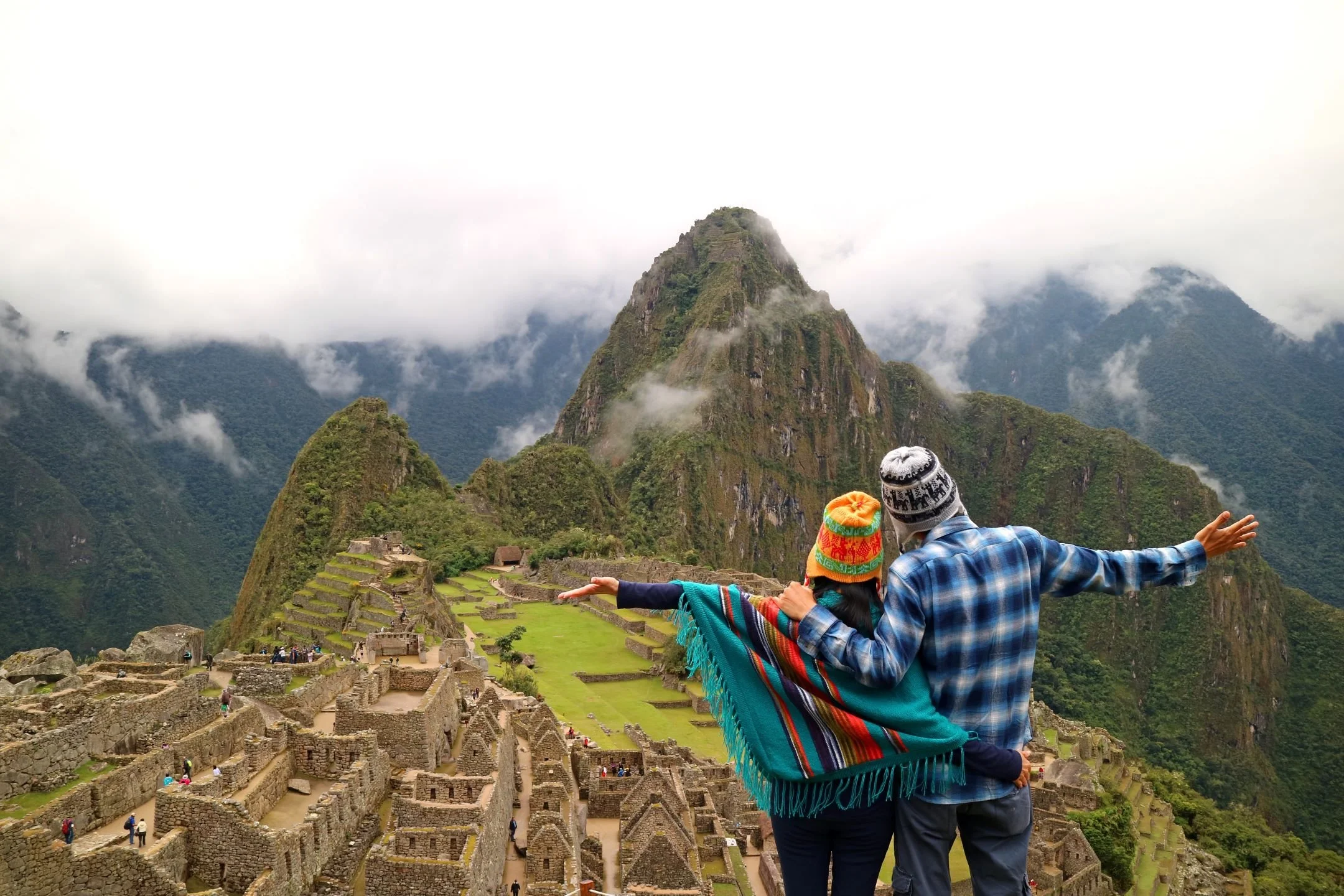Exploring Machu Picchu: How to Get There and What to See
Are you ready for a thrilling adventure to one of the world's most iconic ancient sites? Machu Picchu is a destination like no other, offering a blend of stunning scenery, rich history, and awe-inspiring architecture. Whether you dream of hiking through misty Machu Picchu mountain trails or simply soaking in history, this UNESCO World Heritage Site offers an unforgettable experience.
This article discusses how to get there and the must-see sights that'll leave you mesmerized. Read on for the adventure of a lifetime!
How to Get to Machu Picchu
There are several ways to reach Machu Picchu, depending on your level of adventure. Here are some options to explore Machu Picchu:
Train From Cusco
If hiking isn't your thing, consider the Cusco Machu Picchu train route. It offers a more relaxed way to reach Machu Picchu. You can enjoy the breathtaking views of the Sacred Valley without the physical demands of a long trek.
You can choose between two primary services, PeruRail and Inca Rail. Both trains provide various options, from standard class to luxury, with large windows that showcase the stunning Andes landscape.
The journey takes around 3.5 hours and ends in Aguas Calientes, the closest town to Machu Picchu. From there, you can take a short bus ride or hike up to the historic site.
The Inca Trail
If you want to experience the history and beauty of the Andes fully, the Inca Trail is an incredible way to reach Machu Picchu. This famous multi-day trek follows the same paths once used by the ancient Incas, adding a deeper connection to the landscape.
The classic trek takes four days. It leads you through cloud forests, mountain passes, and other Incan ruins before you reach Machu Picchu's Sun Gate (Intipunku).
Arriving at sunrise after days of hiking is an unforgettable moment. However, this hike requires decent physical fitness, and you need to plan ahead. Permits are limited, so booking months in advance is crucial.
The Salkantay Trek
The Salkantay Trek is an excellent option if you're looking for an equally challenging but less crowded alternative. This 5-day trek offers spectacular mountain scenery, including the snow-capped peak of Salkantay Mountain. Unlike the Inca Trail, this trek doesn't require a permit, making it easier to book at short notice.
You'll pass through various ecosystems—from alpine meadows to tropical jungles. While it's a demanding hike, the Salkantay Trek rewards adventurers with some of the most diverse landscapes in the region.
The Alternative Treks
In addition to the popular Inca Trail and Salkantay Trek, several lesser-known treks, such as the Lares Trek and the Inca Jungle Trek, offer unique experiences for adventurous travelers. These alternative routes provide a mix of cultural encounters, remote Inca ruins, and breathtaking natural scenery, offering a fresh perspective on the region.
Each trek has its distinctive appeal, allowing you to choose an adventure that matches your interests and fitness level. These options are ideal for those looking to make the most of this expensive vacation. The best part? You can tailor your Machu Picchu journey to your preferences while exploring less-traveled routes.
Regardless of the path you choose, getting to Machu Picchu is an unforgettable part of the adventure. Whether you prefer the challenge of a trek or the comfort of a scenic train ride, the journey will enrich your experience of this ancient wonder.
What to See at Machu Picchu
Once you arrive at Machu Picchu, make sure you visit these incredible ruins, terraces, and scenic viewpoints:
The Sun Gate
If you take the classic Inca Trail, your first glimpse of Machu Picchu will be from the Sun Gate. This vantage point offers a stunning panoramic view of the entire site, especially at sunrise when the sun's rays illuminate the ancient city. Even if you arrive by train, it's worth hiking up to the Sun Gate to experience this breathtaking view.
The Temple of the Sun
The Temple of the Sun was used by the Incas for religious ceremonies, likely to honor the sun god Inti. The temple is made of crafted stonework, and on certain days of the year, the sunlight aligns perfectly with the windows, illuminating the inner chambers.
The Intihuatana Stone
The Intihuatana Stone is a sacred sundial believed to have been used by the Incas to mark the changing seasons. This large stone structure is located on a raised platform, and it's considered one of the spiritual centers of Machu Picchu. Visitors often feel a sense of reverence and awe when standing in its presence.
Huayna Picchu
For those seeking an extra adventure, a hike up the Huayna Picchu mountain is a must. This towering peak overlooks the ruins and offers the best views of Machu Picchu from above. The hike is steep and challenging, but the reward is worth it. Be sure to book Machu Picchu tickets in advance, as only a few people are allowed to hike Huayna Picchu daily.
The Main Plaza
The Main Plaza is the heart of Machu Picchu, where many of the site's most crucial buildings are located. Surrounded by temples, residential areas, and ceremonial spaces, this area provides a great spot to pause and take in the site's grandeur. The contrast between the well-preserved stone structures and the surrounding mountains is awe-inspiring.
Exploring Machu Picchu's many wonders will leave you in awe of its rich history and stunning landscapes. From the panoramic views at the Sun Gate to the sacred Intihuatana Stone, every corner of this ancient city offers something extraordinary.
Conclusion
Exploring Machu Picchu is a once-in-a-lifetime experience that combines history, adventure, and natural beauty. Whether you hike through the Andes mountains or take a scenic train ride, the journey will leave you with memories to cherish. With so much to see and discover on your Machu Picchu tour, it's easy to understand why this site captivates travelers worldwide.




Book by 16 March 2026 to enjoy a Stay 3, Pay 2 offer across all eligible suites in participating Greater China Accor properties. Receive complimentary breakfast on these stays that must be completed by 8 April 2026.